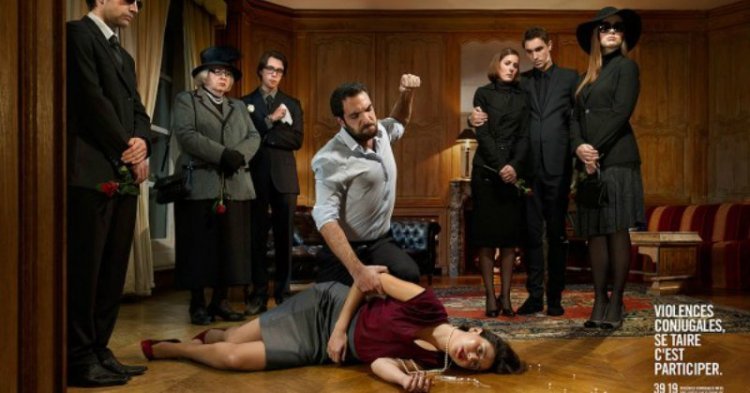Every day, women around Europe are the victims of violence. An estimated 1 in 5 women in Europe suffer some kind of violence at least once in their lifetime. Sadly, the most common form of physical violence is inflicted by someone close to the woman, usually an intimate partner.
Whether women suffer violence in the home, in the street or in some other place, they must be able to rely on proper protection and support. They also share the same basic needs of all crime victims: respect, dignity and access to justice and compensation. Existing laws across the European Union can be patchy and have not always meet these needs. Some people never see a counsellor after a violent crime or are not provided with a translator when they go to court to testify against an attacker in another country. Who should victims turn to for support, protection or help navigating through the justice system? What are their rights in each country?
Last year, the European Union agreed landmark legislation to protect victims’ rights. The new rules set common minimum Europe-wide standards so that victims can be confident of getting help, support and protection wherever they are in the EU. The new law means that people can rely on a similar level of basic rights and have confidence in the justice system wherever they are in Berlin, Rome, Madrid or Ljubljana. This was an historic achievement and a strong signal that Europe is delivering on the rights of citizens.
This week, the European Parliament will vote on a complementary initiative proposed by the European Commission specifically to protect victims of violence - the Europe-wide certificate on civil law protection orders. This new instrument will especially help victims of domestic violence. Sufferers will be able to rely on a restraining order obtained in their home country wherever they are in the Union. For example, a woman abused by her partner or being harassed by a stalker in Germany will be able to count on the same protection if she travels elsewhere in the Union. She will no longer be trapped in one place because she fears her assailant will catch up with her if she goes abroad. She will keep her protection thanks to this European law.
We want to build a Europe where citizens feel that their concerns are being addressed. Not assisting or protecting victims properly is a cost to our societies. They should get emotional and practical support, information, protection and advice to help them cope with the often traumatic effects of a crime, to get closure and move on with their lives. Victims, and particularly those who are most vulnerable, such as victims of domestic violence, should be protected against further harm caused by the system, intrusion from the media, or by an intimidating offender. They should not be victimised all over again.
With this new law we pave the way for a tangible improvement of the situation of victims of crime everywhere in the Union. It is a landmark that should tell the story of the ability of the European Union to help victims rebuild their lives. A story of the ability of the European Union to make its justice policy centred on the citizens and on the need to provide concrete tools to strengthen their rights.

Follow the comments: |
|
